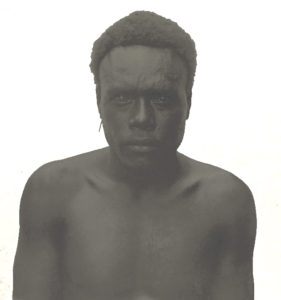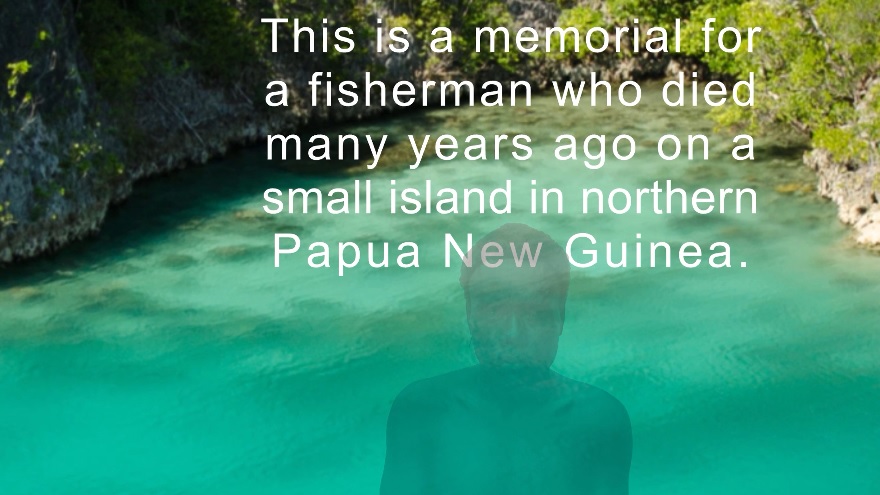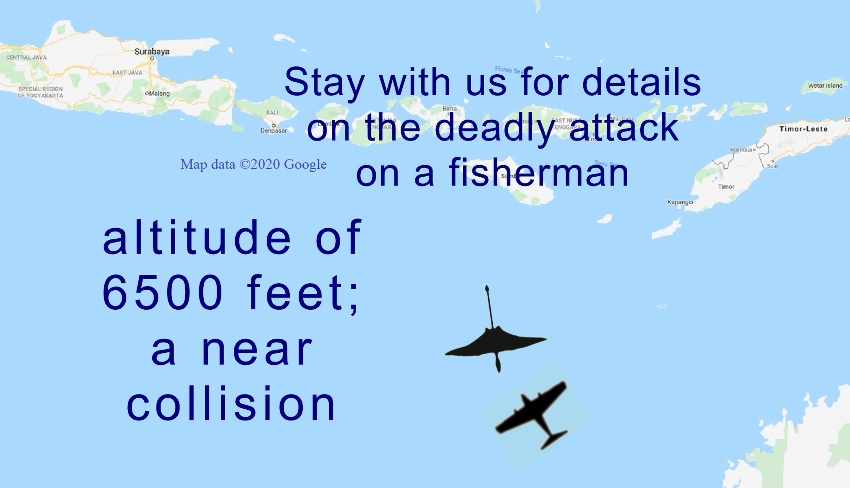By investigative journalist Jonathan Whitcomb
[Have you seen a pterodactyl? You can safely and privately report here it and be anonymous if you like.]
Native Fisherman Killed by Something Like a Ropen
The following is not a first-hand account but from a native who contacted me by emails in 2010, and he got the story from the grandson of the native fisherman who died three days after being attacked by a kor. I believe this animal is at least related to the ropen, if it is not the same exact species. [I made a few corrections for capitalization, spelling, etc.]
The native of Tandual Village, Pak Island, went fishing and was attacked. The animal destroyed his canoe and he fought it with a traditional fishing spear.
After hours of attacking him and tearing bits of the fisherman’s body apparently the creature was enraged by his refusal to be eaten: Every time the animal attacked he dived under, and when the light above him showed the animal he would lunge up, doing only slight damage.
The animals tail and jaws took a heavy toll as it followed him to shore where a sea cave runs into a crevice which leads into the middle of the island. Its deep and seawater runs through it.
Badly wounded and backing into this ‘Barret”, as it’s called here, he wedged the spear into a crevice and took the animal through the mouth with the spear, made from a souvenir German colonial bayonet. He crawled out was found by villagers who went to see the animal and told his story.
Generic photo of a native of Papua New Guinea: “The last death by this creature” (video on a flying creature attacking a native fisherman)
.
Various Second-Hand Accounts of Danger
Over the past 17 years, I have received hundreds of reports of apparent living pterosaurs, accounts directly from the eyewitnesses themselves. I have found it quite rare, however, for someone to report to me an attack from a modern “pterodactyl”. I understand the concept that “dead men tell no tales”, but of course that is not evidence.
Many years ago I got an email from a man who said that he and his girlfriend were attacked, as I recall, but he never answered my request for details, so I have no idea where or when the event occurred.
I have indirect reports of extant pterosaurs, apparently, attacking and killing natives in Papua New Guinea. I believe those accounts are basically true, yet I rarely mention them in my blog posts or books, for none of the reports I have received have been directly from eyewitnesses of the attacks, as best as I recall.
I also know of reported attacks on people in British Columbia, Canada, and in Mexico, but those are also indirect accounts.
{This blog post was originally on the blog Pterosaur Fossils but has been transferred to Live Pterosaur}
###
.
Pterodactyl Attack on a Fisherman
On August 1, 2020, I uploaded to Youtube a video memorial for a native fisherman of the southwest Pacific who was attacked by an apparent living pterosaur.
The above is about a human death in northern Papua New Guinea.
.
From a report in Cryptozoology News, we learn of an encounter in California in which a mother and daughter saw an apparent pterosaur, one with a long tail.
.
Are modern pterodactyls dangerous?
I recently uploaded a new video about two common fears that Americans have in relation to reports of non-extinct pterosaurs, and it’s on my Youtube channel Protect Animal Life: “Living Pterosaurs – Why fear? – Plus: a secret.”
.
The ropen is described in ways that actually lead to two words: “dragon” and “pterosaur,” depending on culture and taste. But notice the word noticeably absent: “extinct.” Many people are convinced that they are alive because they have seen them flying over their heads.
.
Living pterosaurs? How could they now be living in California, Texas, Florida, South Carolina, Ohio, New York, and many other states? Did not pterosaurs become extinct millions of years ago? Cryptozoology is the study of reports of creatures (or apparent creatures) whose descriptions suggest something other than animals classified by standard biology as extant.
.
In 2011 I made a detailed evaluation of 98 sighting reports, the more credible of the countless eyewitness accounts worldwide. Those 98 were chosen because they appeared unlikely to have been from hoaxes and also unlikely to have been misidentifications of non-pterosaurs. I made some interesting observations, but let’s now look at only the data regarding long tails.
.
Fight with a modern pterodactyl in northern Papua New Guinea
R.K. also told me about a fisherman who died after fighting off (and killing) one of the creatures; it seems that local natives believe the kor attacked the fisherman to eat him (larger kor are said to catch and eat young crocodiles and turtles).
.





